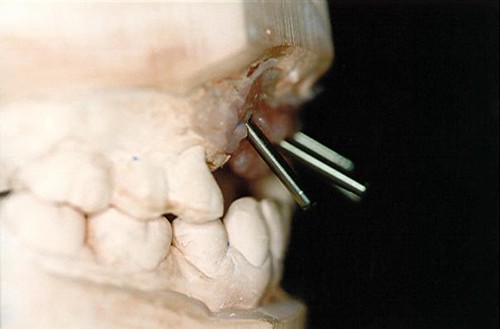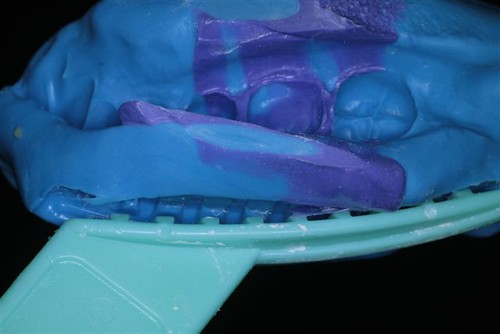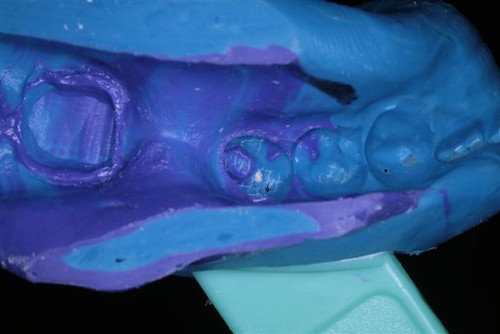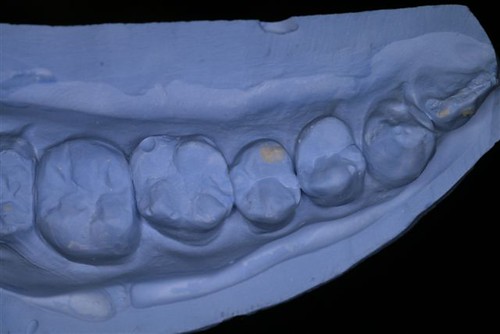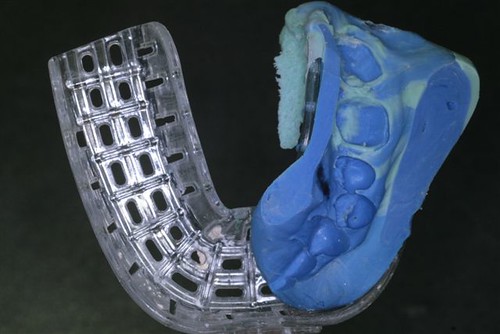Well as an answer to some of these issues I have prepared this slide show for dentists, I have lectured all over the world on this subject, so this presentation is a summary of my thoughts on the subject.
It's a bit of an experiment really in using presentations in this way... so I am eager to hear what you think.
Should I do more of these?
Do you like the format?
I have loads of pesentation that can be uploaded in this way, but I need to know your thoughts and then I can modify the pesentations to be better.
If you can't see the presentation below, here is a link to view it on the web. No signups, no forms to fill in, just click and watch!
If you like the presentation please share it on Facebook, Twitter etc... the links to do this are on the embed tab on the presentation below.
ENJOY.....
Mark
Taking shades for dentists
View more presentations from SBO Dental Laboratory.
